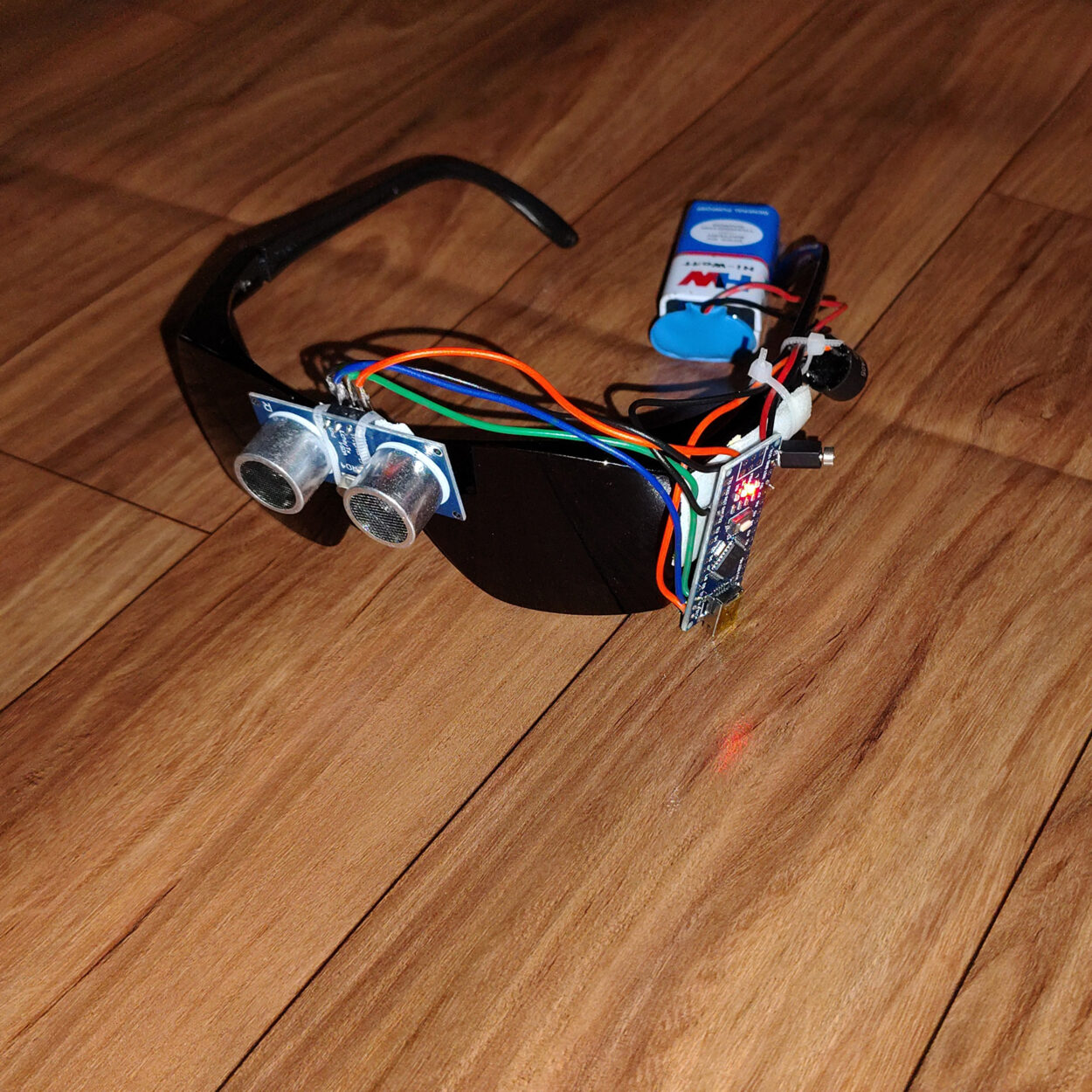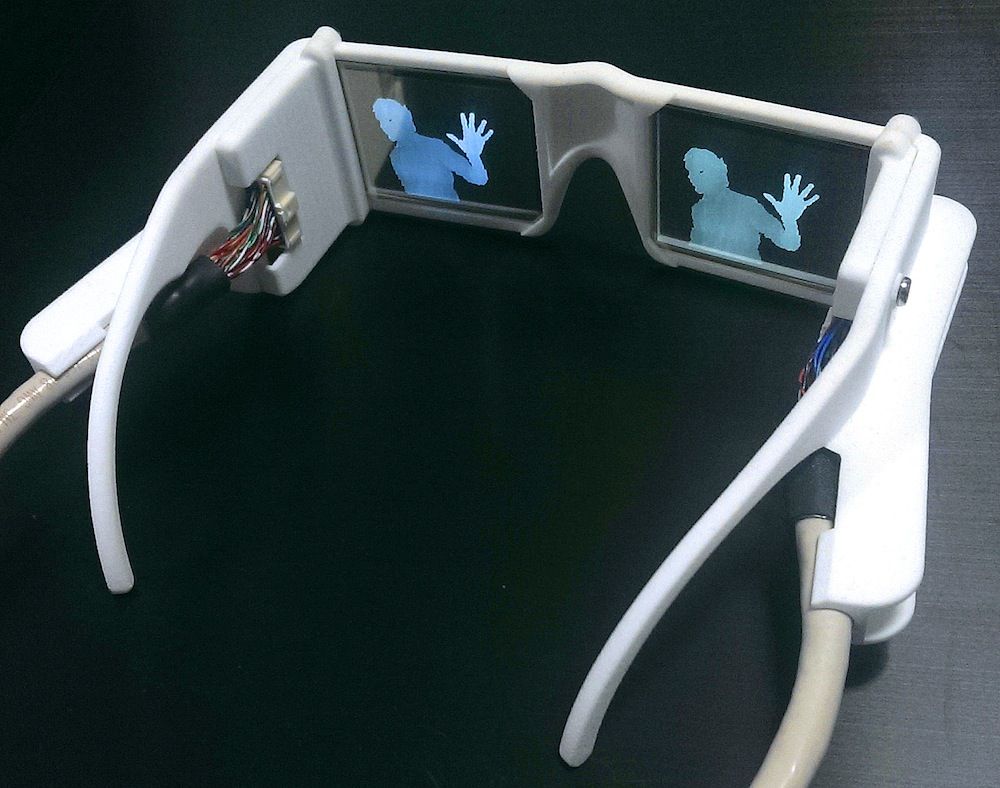OCR Devices for the Blind: Breaking Barriers with Optical Character Recognition
OCR Devices for the Blind: Breaking Barriers with Optical Character Recognition
Blog Article
Discover Advanced Assistive Gadgets for People With Aesthetic Problems
The landscape of assistive innovation for individuals with aesthetic disabilities is advancing swiftly, providing a range of innovative devices that boost autonomy and engagement. From smart glasses that perfectly merge aesthetic input with acoustic assistance to sophisticated navigating applications that redefine spatial awareness, these tools are improving opportunities.
Smart Glasses Innovations
Smart glasses represent a substantial development in assistive modern technology for people with aesthetic problems. These innovative tools integrate numerous attributes developed to boost the user's communication with their setting. Geared up with cams and sensors, clever glasses can catch real-time visual details, which is then refined and conveyed to the individual through audio responses or haptic sensations. This capability allows people to receive immediate summaries of their environments, improving their ability to involve and navigate with the globe.
Furthermore, improvements in expert system have better improved the abilities of clever glasses. Artificial intelligence algorithms can identify faces, read message, and recognize things, making them important tools for daily tasks. Customers can get auditory signs that give context about their environment, fostering freedom and confidence.
In addition, the ergonomic design and light-weight nature of lots of smart glasses make them ideal for extended usage, ensuring comfort while improving capability. As these gadgets continue to develop, they hold the potential to revolutionize the method people with aesthetic disabilities experience their lives, bridging the gap in between accessibility and innovation. The continuous research and advancement in this area guarantee to broaden the opportunities for clever glasses, making them a necessary component of contemporary assistive tools.
Navigation Application and Tools
Various navigation apps and tools have emerged as vital sources for people with aesthetic disabilities, dramatically improving their ability to traverse unfamiliar atmospheres. These innovations take advantage of general practitioner capability, audio signs, and real-time information to supply individuals with accurate navigation aid.
One famous instance is the Aira application, which links users to trained representatives that can give aesthetic summaries of surroundings and navigation support via a real-time video feed. This solution boosts the individual's spatial recognition and confidence while browsing. An additional significant device is Seeing Eye GPS, which provides voice-guided navigation and sights, enabling individuals to gain access to vital information about their surroundings.

As technology remains to advance, the growth of a lot more innovative navigating tools promises to additional empower people with aesthetic disabilities, assisting in seamless wheelchair and assimilation into diverse settings. Such advancements contribute in promoting an extra inclusive culture.
Braille Modern Technology Improvements
In recent years, developments in Braille technology have actually substantially changed how individuals with visual disabilities accessibility information and engage with the world around them. The growth of that site mobile Braille screens has transformed analysis by enabling customers to attach wirelessly to computers, tablets, and smartphones. These gadgets convert text into Braille in real-time, making it possible for smooth communication with electronic material.
Furthermore, cutting-edge Braille printers have emerged, boosting the manufacturing of responsive materials. Modern embossers are faster and extra effective, permitting the fast development of Braille files and academic materials. This efficiency lowers the moment and price related to producing Braille resources, making them extra obtainable to organizations and schools.
In addition, the combination of Braille with other modern technologies, such as fabricated intelligence and machine understanding, has actually opened brand-new avenues for customized learning experiences. Voice recognition and synthesis technologies can enhance Braille, giving a comprehensive method to details dissemination.
As the demand for comprehensive education and office atmospheres grows, these technical advancements play an essential role in equipping people with aesthetic problems, guaranteeing additional reading they have equal accessibility to information and chances in various facets of life.
Wearable Gadgets for Freedom
An expanding range of wearable tools is enhancing self-reliance for people with aesthetic impairments, providing innovative options that improve navigating and day-to-day living. Braille displays and notetakers. These tools utilize innovative innovations to offer real-time responses and assistance, promoting freedom in different settings

Wearable technology also includes smartwatches that can be programmed with access functions, enabling individuals to obtain alerts, track their areas, or even require aid with the touch of a switch. Additionally, some devices include artificial intelligence to analyze the atmosphere, offering sound summaries of neighboring objects or individuals.
Voice-Activated Assistive Solutions
Leveraging voice-activated assistive remedies has actually transformed the landscape of assistance for people with aesthetic impairments, supplying hands-free communication and accessibility to a range of tasks. These modern technologies make use of all-natural language handling and expert system to enable users to perform everyday activities with basic voice commands.

Moreover, recent developments in voice acknowledgment accuracy have boosted the customer experience significantly, accommodating varied accents and speech patterns. This inclusivity makes sure that more people can take advantage of these technologies, cultivating a better sense of freedom.
Conclusion
Finally, the growth of advanced assistive tools significantly enhances the self-reliance and quality of life for people with visual disabilities. Technologies such as clever glasses, navigating apps, Braille innovation, wearable tools, and voice-activated solutions collectively cultivate a more inclusive setting. These technologies empower customers to browse their environments with self-confidence and involve even more completely with the globe, ultimately advertising better availability and level playing fields for individuals encountering aesthetic difficulties.
The landscape of assistive modern technology for individuals with aesthetic impairments is advancing swiftly, providing an array of cutting-edge tools that boost autonomy and engagement.Smart glasses represent a substantial improvement in assistive innovation for individuals with visual disabilities. As these devices continue to progress, they hold the potential to change the way individuals with visual disabilities experience their day-to-day lives, connecting the space between accessibility and modern technology.In recent years, developments in Braille modern technology have considerably transformed just how people with visual impairments access info and involve with the globe around them. These technologies equip users to browse their surroundings with self-confidence and engage more completely with the world, eventually promoting better access and equal possibilities for individuals encountering aesthetic obstacles.
Report this page